Choosing the right windows for your home is about more than just appearance; it’s an investment in comfort, energy efficiency, and long-term value. For most homeowners, the decision comes down to two popular materials: uPVC windows and aluminium windows.
Both are modern, durable alternatives to traditional timber, offering excellent insulation and minimal maintenance. However, each has distinct advantages that make it better suited to certain homes, budgets, and lifestyles.
In this guide, we’ll break down everything you need to know about uPVC vs aluminium windows, including how they differ in cost, style, efficiency, durability, and sustainability, so you can make an informed choice that perfectly suits your property.
What are uPVC Windows?
uPVC windows are made from unplasticised polyvinyl chloride, a tough, rigid plastic that’s highly resistant to weathering, moisture, and rot. Unlike painted timber frames, uPVC doesn’t flake, peel, or warp, making it a long-lasting, low-maintenance choice for homeowners.
First introduced to the UK in the 1980s, uPVC windows quickly became a staple in modern housing due to their affordability and efficiency. Over time, the technology has advanced dramatically. Today’s uPVC windows come in a wide range of colours and finishes, including popular grey, black, and woodgrain effects, meaning they can complement both period and contemporary homes.
They are also incredibly energy-efficient. The multi-chambered design of uPVC frames traps air, reducing heat loss and helping to keep your home warm throughout the year. Combined with double or triple glazing, uPVC windows can achieve some of the highest Window Energy Ratings (WER) available, making them a smart choice for homeowners looking to cut energy bills.

What Are Aluminium Windows?
Aluminium windows are crafted from lightweight metal frames known for their strength and sleek, minimalist look. Once associated mainly with commercial buildings, aluminium has become increasingly popular in modern homes thanks to advances in thermal technology and design flexibility.
The key benefit of aluminium windows lies in their strength-to-weight ratio. Because aluminium is such a sturdy material, the frames can be much slimmer than uPVC or timber, allowing for larger panes of glass and unobstructed views. This makes aluminium ideal for modern architecture, extensions, and spaces that rely on natural light.
These frames are also exceptionally durable. Aluminium won’t rust, warp, or crack, even in harsh weather conditions, and a high-quality powder-coated finish means the colour will remain vibrant for decades. Available in virtually any RAL colour, aluminium windows give you endless design freedom from classic white to bold, bespoke shades.
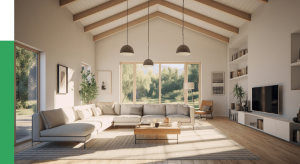
Aesthetic Appeal and Design Versatility
When comparing uPVC vs aluminium windows, aesthetics often play a huge role in the decision.
Aluminium windows are known for their slim sightlines and elegant appearance. The sleek, metallic frames work beautifully in contemporary homes, garden rooms, and extensions with bi-fold or sliding doors. They provide a barely-there frame effect that maximises glass area and natural light, perfect for homeowners who want a clean, modern finish.
uPVC windows, however, are far more versatile. While once considered chunky or plain-looking, modern uPVC frames have been refined to offer a crisp, polished appearance suitable for a wide range of properties. With options for woodgrain finishes, they can even replicate the look of traditional timber without the upkeep. This makes them particularly suitable for cottages, period homes, and properties in conservation areas.
Ultimately, your property’s character should guide your choice. Aluminium often complements modern architecture, while uPVC tends to blend better with more traditional styles.
Cost and Value for Money
Price is one of the biggest factors when deciding between uPVC and aluminium windows.
In general, uPVC windows are the more affordable option. They are cheaper to produce and install, which is why they’re so popular for large-scale home renovations or new builds. For an average three-bedroom house, choosing uPVC can save you thousands compared to aluminium.
Aluminium windows, on the other hand, come with a higher upfront cost, typically around 30-40% more than uPVC, depending on size, finish, and glazing options. However, aluminium frames last significantly longer, often over 40 years, compared to the 25-30 year lifespan of uPVC.
So, while uPVC offers great short-term savings, aluminium can prove more cost-effective over the long term due to its longevity and lower replacement frequency.
If you plan to stay in your home for decades or want to invest in a premium finish that adds value to your property, aluminium may be the smarter long-term choice.
Energy Efficiency and Insulation
Traditionally, uPVC windows have been regarded as the superior option for thermal insulation. The plastic material is naturally non-conductive, and the internal chambers of the frame help to trap heat inside your home. This design makes uPVC particularly effective in retaining warmth and improving overall energy efficiency.
However, modern aluminium windows have come a long way. Thanks to technological advancements such as thermal breaks, insulating barriers within the frame, aluminium windows can now achieve very similar energy ratings to uPVC. When combined with double or triple glazing, aluminium frames can comfortably meet or even exceed building regulation standards for thermal performance.
In short, both materials now offer excellent insulation, provided you choose a high-quality manufacturer. For maximum efficiency, always check the Window Energy Rating (WER) and ensure your chosen product is professionally installed to minimise heat loss.
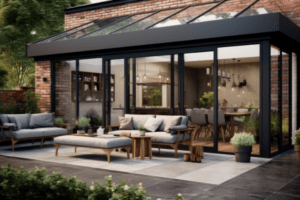
Durability and Lifespan
If you’re after longevity, aluminium windows have the edge. Aluminium is incredibly durable, resistant to corrosion, and unaffected by temperature fluctuations. Even in coastal areas or exposed locations, aluminium frames will maintain their strength and appearance for decades. With proper care, they can last 40 to 45 years or more.
uPVC windows are also durable but slightly less so. While they don’t rot, rust, or warp, they can expand slightly in very hot conditions and may discolour over time if exposed to direct sunlight. Modern uPVC formulas have improved significantly to combat these issues, but aluminium still offers a longer-lasting solution overall.
That said, both materials are tough enough to handle the British climate. With the right installation and occasional maintenance, either option will deliver long-term performance and protection for your home.
Maintenance Requirements
Both uPVC and aluminium windows are excellent low-maintenance alternatives to timber.
uPVC windows require virtually no upkeep, just an occasional wipe down with warm, soapy water to remove dust or dirt. There’s no need for repainting, varnishing, or polishing, and they’ll retain their finish for years with minimal effort.
Aluminium windows are equally easy to maintain. The powder-coated finish provides lasting protection against the elements, and occasional cleaning with a soft cloth will keep the frames looking like new. You may wish to check the drainage channels once or twice a year to ensure they remain clear, but otherwise, maintenance is effortless.
In both cases, regular cleaning and inspection are enough to keep your windows performing well for decades.
Noise Reduction and Security
Noise reduction and security are two areas where both materials perform exceptionally well.
uPVC windows tend to provide slightly better sound insulation thanks to their thicker, non-conductive frames, which help block external noise. This makes them particularly suitable for homes near busy roads, train lines, or airports.
Aluminium windows can also offer excellent acoustic performance when fitted with quality double or triple glazing. Their strength makes them ideal for larger window designs without compromising structural integrity or security.
In terms of safety, both uPVC and aluminium windows can be fitted with advanced multi-point locking systems, shootbolts, and internal beading to prevent forced entry. Choosing windows with a Secured by Design accreditation, a police-backed security standard that provides extra peace of mind.
Environmental Sustainability
Sustainability is an increasingly important consideration for modern homeowners, and both materials offer eco-friendly benefits.
Aluminium is one of the most sustainable building materials in use today. It is 100% recyclable and can be reused indefinitely without losing quality. In fact, around 75% of all aluminium ever produced is still in use today. Although the initial extraction process is energy-intensive, the long lifespan and recyclability of aluminium make it a highly sustainable choice over time.
uPVC windows are also recyclable, though the process is more complex due to the chemical additives used in production. However, improvements in recycling technology mean that uPVC can now be reused multiple times without losing structural integrity. Additionally, uPVC requires far less energy to manufacture than aluminium, which helps offset its environmental impact.
If sustainability is your priority, aluminium has a slight advantage due to its recyclability and durability, but both materials perform well compared to timber or less efficient alternatives.
Which Windows Are Best for Your Home?
The right choice between uPVC and aluminium windows ultimately depends on your priorities, property style, and budget.
Choose uPVC windows if you want:
- A cost-effective, energy-efficient solution
- Minimal maintenance and excellent insulation
- A versatile look that suits both modern and traditional homes
Choose aluminium windows if you prefer:
- A premium, contemporary aesthetic with slim sightlines
- Exceptional durability and long-term value
- A sustainable, recyclable material that stands the test of time
Both materials deliver impressive performance, energy savings, and security, so you can’t go wrong with either option. The best choice is the one that aligns with your home’s design and your long-term expectations.
Final Thoughts
The debate between uPVC vs aluminium windows doesn’t have a single definitive winner; it depends entirely on what matters most to you.
If you’re looking for a budget-friendly option with superb insulation and low maintenance, uPVC windows are an outstanding choice. For those willing to invest a little more upfront for a sleek, modern look and unmatched longevity, aluminium windows are hard to beat.
Both materials can enhance your home’s comfort, security, and energy efficiency for decades to come. Whichever you choose, be sure to buy from a trusted supplier and ensure professional installation to get the best performance from your new windows.
Quality Windows from Commerce Windows
If you’re ready to upgrade your home with stylish, energy-efficient windows, Commerce Windows offers a wide range of uPVC and aluminium designs to suit every property style and budget. Based in Rushden, Northamptonshire, we supply and install premium-quality windows across the East and South East of England, combining expert craftsmanship with exceptional customer service. Whether you prefer the timeless appeal of uPVC or the sleek sophistication of aluminium, Commerce Windows can help you find the perfect fit for your home.
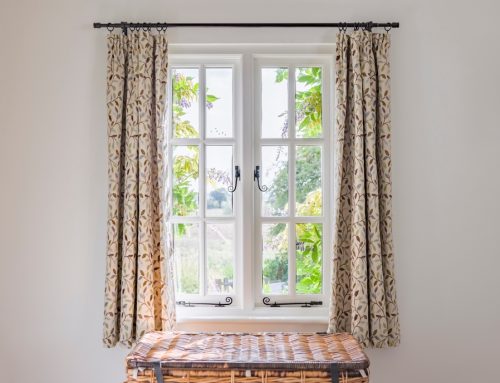
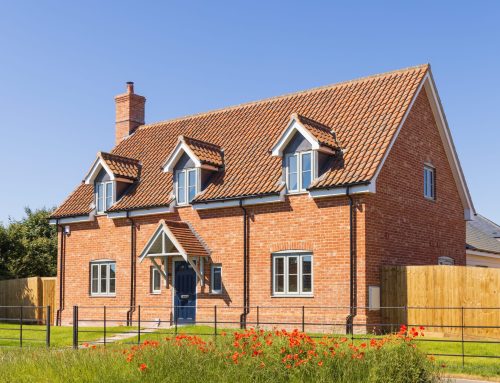
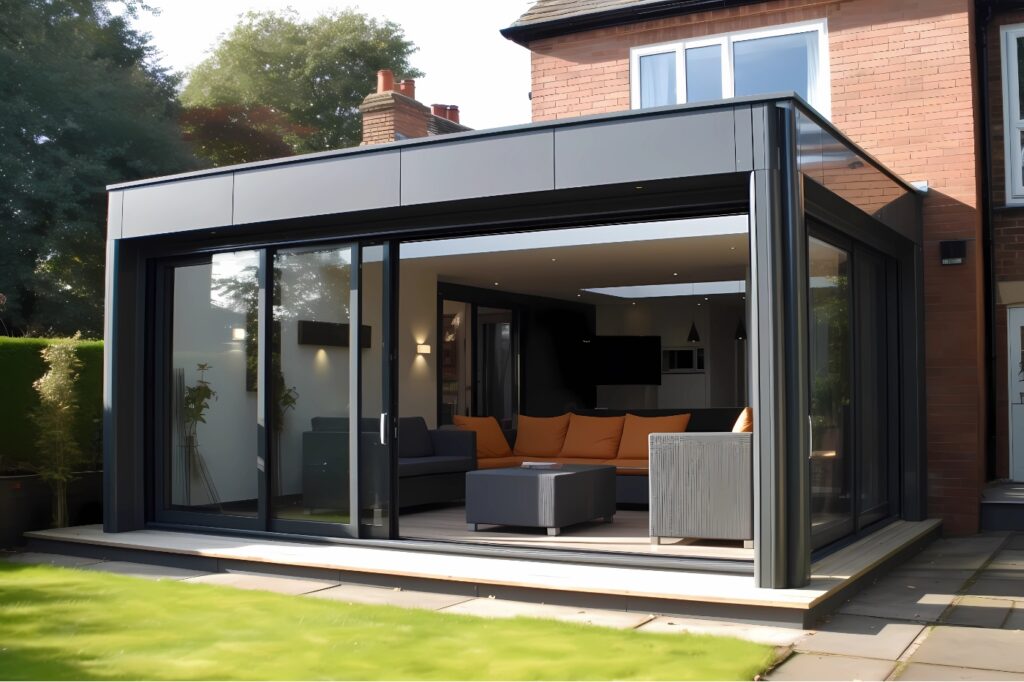
Leave A Comment